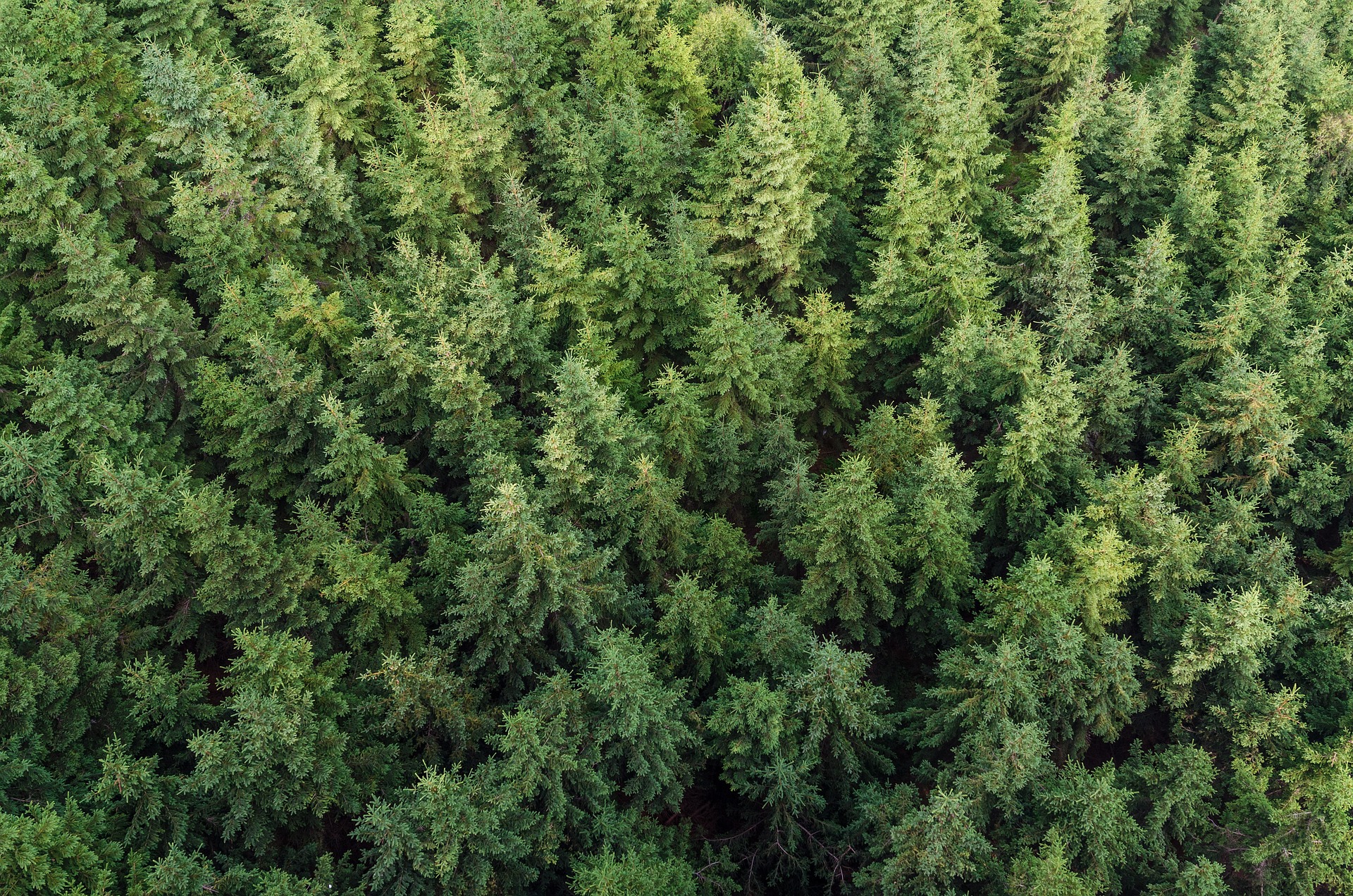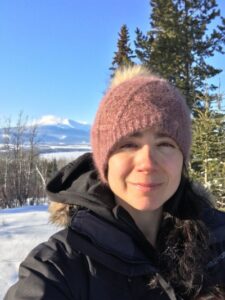Columnar Growth in Western Redcedar

About the presentation
Adriana will provide an update on her study that seeks to better understand columnar growth of western redcedar (Thuja plicata) in the Kitimat Valley. In her research, Adriana assesses the effects of industrial aerial emissions in gas exchange, foliage, and soil accumulation of contaminants like fluoride. In this presentation, Adriana will compare her previous findings from 2014 (Soderberg smelter) with data collected in 2017 (pre-baked smelter).
 About Adriana Almedia-Rodriguez (PH.D., P.AG.)
About Adriana Almedia-Rodriguez (PH.D., P.AG.)
Adriana is a biologist with a Ph.D. in Forest Biology and Management. She has studied the physiological responses, gene expression, and phenotypic plasticity of plants exposed to abiotic stresses and in plant-fungi associations. Adriana is currently working as a Senior Environmental Protection Officer with the Environmental Protection Division at the BC Ministry of Environment and Climate Change Strategy. Adriana volunteers as a director for the Board of the Bulkley Valley Research Centre.
Relevance to Northwest BC
Thuja plicata, commonly called western redcedar, has been of great importance for the Northwest Coast First Nations and it is one of the most valuable tree species in British Columbia, considering its ecological, silvical, timber, and cultural values. Western redcedar is a tolerant species to aerial contaminants that shows clear changes in its growth pattern under industrial aerial emissions. Therefore, it might be a useful indicator species in terms of its response to air quality in the Northwest coast forest.

